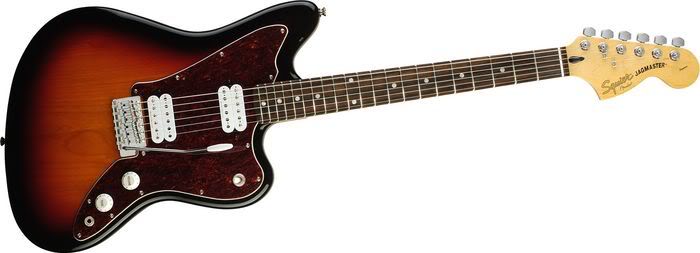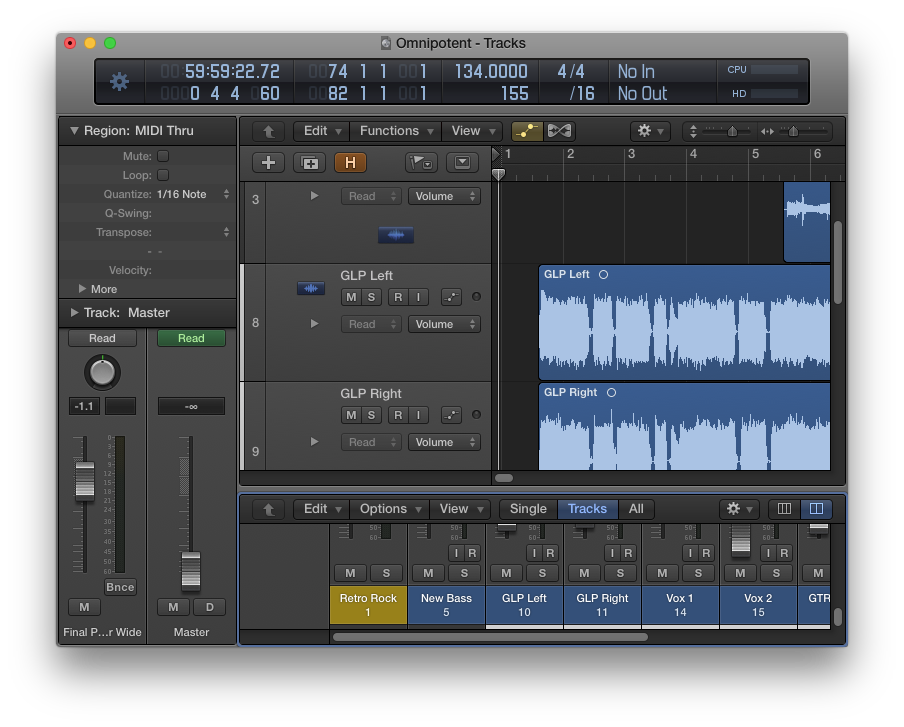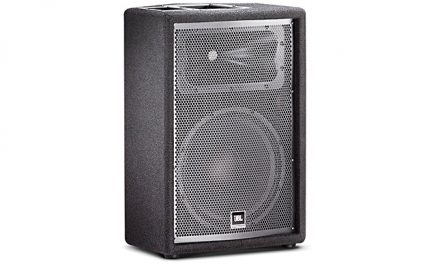I’m slowly getting into the cold pool of doing my own fretwork. I thought I’d start by publishing a post about what I know so far. I hope this is helpful to someone. It will be very helpful to me, because I learn better when I’m reteaching.
Here’s the basic gamut of fret issues on an electric guitar:
- The 14th fret is sticking out of the side of the neck a teeny tiny bit and it’s slightly annoying.
- Several frets are sticking out of the side of the neck a little bit.
- On the seventh fret I notice there’s a really small “dent” under the G string where I bend.
- There are several small dents in my frets in several places but they’re not terrible.
- I had to raise my action because if I try for low action the frets buzz all over the place. Those small dents are now a major issue.
As you would guess, the worse the issue, the bigger the cost to have the neck fixed. For 1 or 2, you can probably swing by a music store and get that fixed for $24 to $45. But for 3 and 4 you may be looking at around $125 for leveling and crowning, and for 5 you may be looking at $225 for a complete refret. For these reasons, some guitarists decide to start learning to do their own fretwork.
But it would be a mistake to think you can jump into a complete refret right away. If you’ve got mad leet workshop skillz, then maybe, but if you can’t hammer a nail in straight, you’re going to need to work your way up. And the place to start is with a fret end dressing file.
Fixing Fret Ends
My Gibson Les Paul Studio 50’s Tribute has an unbound neck. The fretwork is perfect… except for one or two frets high up on the neck, where they’re sticking out of the side of the neck a teeny bit. This can happen because either someone at the factory was a little sloppy, or because the wood in the neck shrank the teeniest bit due to weather/humidity. Doesn’t matter, because the fix is the same – you get the correct tools, and you file the end of the fret down using the correct technique.
Which is what I am NOT going to do. Nope. Not practicing my fret filing skills on a Gibson. I picked up a body and neck at the Orlando Guitar Convention for a combined $15. Guess what I’ll be practicing my fret filing on? Here’s the best part. You can get a Fret End Dressing File from stewmac.com for a mere $13.44. Plus shipping, I’m sure, but this is a file specifically designed for filing fret ends. This is a great way to get started – get a beater neck and a file like this, and go to town.
Leveling and Crowning
Certain frets will get dents in them from where you are constantly holding down the string and perhaps bending a lot. You could have someone pull the bad frets out and replace them with new fretwire, but those notes would then sound different. Nope, the solution is this: You take the strings off, you make sure the neck is straight, and then you take a big long straight beam with sandpaper on it and you sand all the frets down to the same level. That’s leveling. But then, since you’ve taken metal away from the tops of most of the frets, you have to go through each fret and shape it so it’s not totally flat. That’s crowning. And to level and crown a neck you need good tools and experience. But it’s a great skill to learn. The link below shows leveling. For crowning there are many different files and options to choose from.
http://www.stewmac.com/Luthier_Tools/Tools_by_Job/Leveling/Fret_Fingerboard_Levelers.html
Refretting
So now we get to the big boy of fretwork – a complete refret, where you take out all of the existing frets without destroying the neck, and then put in all new frets. Once this is accomplished, you level and crown them, and then you dress the ends of the frets.
And you need some additional tools – fretwire, obviously, and something to cut it and shape it, and a way of putting the frets into the neck. You can’t hammer them in with a regular hammer because you’ll dent the hell out of them. The more money you pay for tools, the easier and better the job can get. No link for this one because the options are too varied. You can get a tool to press frets for less than $100, or for as much as $500 and beyond. The more you spend, the less time it’ll take you to put frets in.
So there you go. My own plan is to get to the point where I can do it all. But I’m going slowly, and I’ll see how things work out. And I’ll post my results, both good and bad.
One more note – If you Google any of this stuff, you’ll end up watching videos by Dan Erlewine on the stewmac.com website. You’ll see plenty of people saying the stewmac stuff is overpriced, but you won’t find anyone smart talking bad about Dan. He is the REAL DEAL. If you are serious about fretwork, I highly recommend his DVD “Fret Basics” and his book “Guitar Player Repair Guide.” As for tools, even though I’m a budget guy I have learned that it is cheaper to buy a good tool upfront than to buy a cheap tool now and a good tool later.





